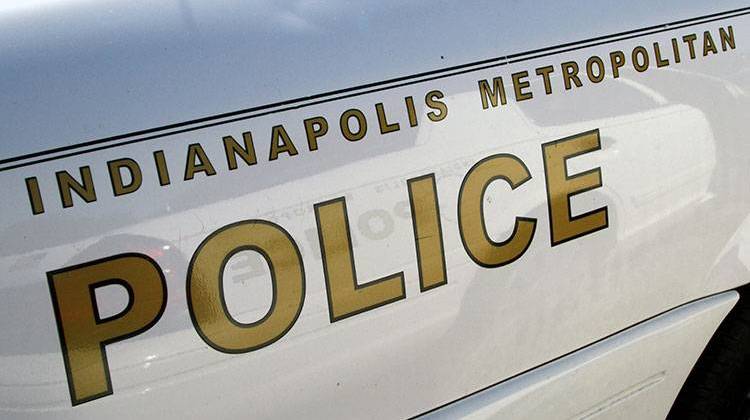The Indiana Department of Natural Resources is monitoring for bovine tuberculosis by collecting coyote carcasses from hunters this year.
Bovine TB is a bacterial disease usually found in deer and cattle.
The DNR has collected samples from deer harvested the last two seasons. But Indiana DNR Furbearer Biologist Geriann Albers says this is the first time the department will test coyotes.
“There was some research done in Michigan where they actually found that the prevalence rate can actually be higher in coyotes because coyotes will eat deer in various forms,” Albers says.
Albers says the DNR is currently doing intensive deer surveying in Franklin and Fayette counties. The department is asking for coyotes in 15 surrounding counties, including Bartholomew and Jennings.
“And it also can cross over into cattle, so it’s also part of the livestock industry,” Albers says. “We work closely with the board of animal health to make sure the livestock industry isn’t going to be negatively impacted by this as well.”
Albers says to be safe, hunters should cook any meat thoroughly before consuming it.
Coyote hunting season runs from mid-October to mid-March. Albers says DNR staff will pick up the carcasses from hunters.
Anyone interested in helping the DNR can call 844-803-0002 or email TBcoordinator@dnr.in.gov.
 DONATE
DONATE








 Support WFYI. We can't do it without you.
Support WFYI. We can't do it without you.